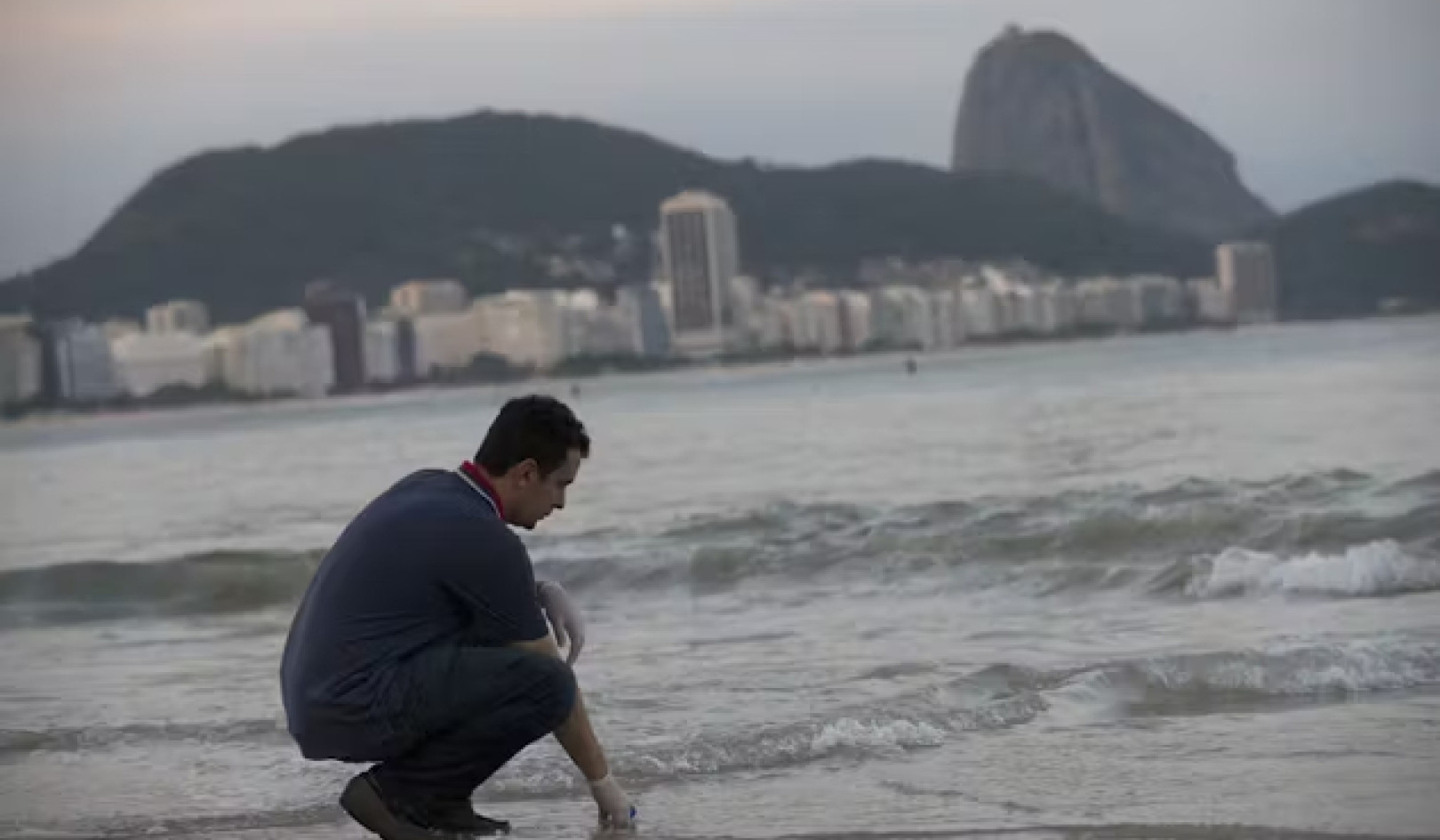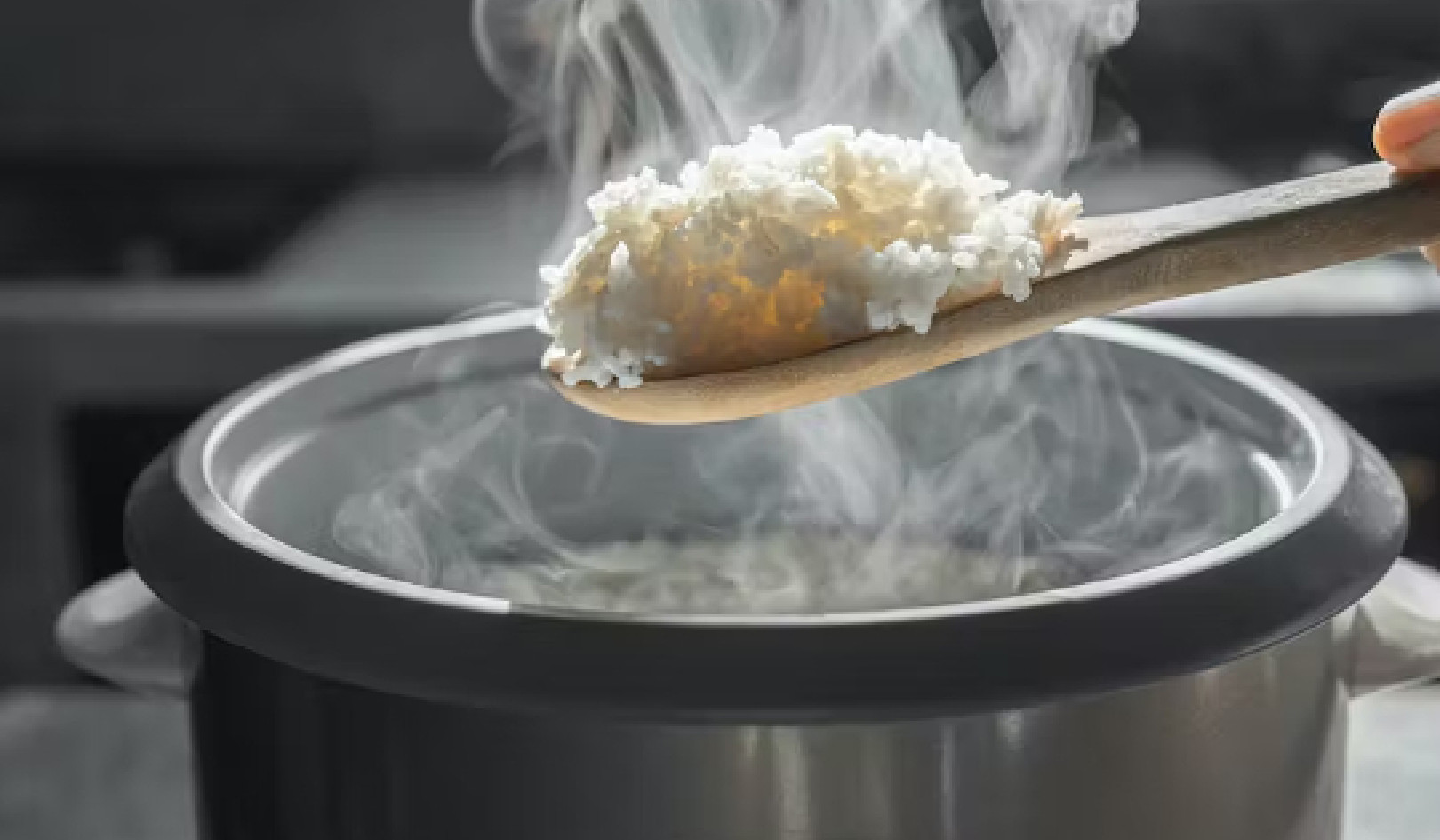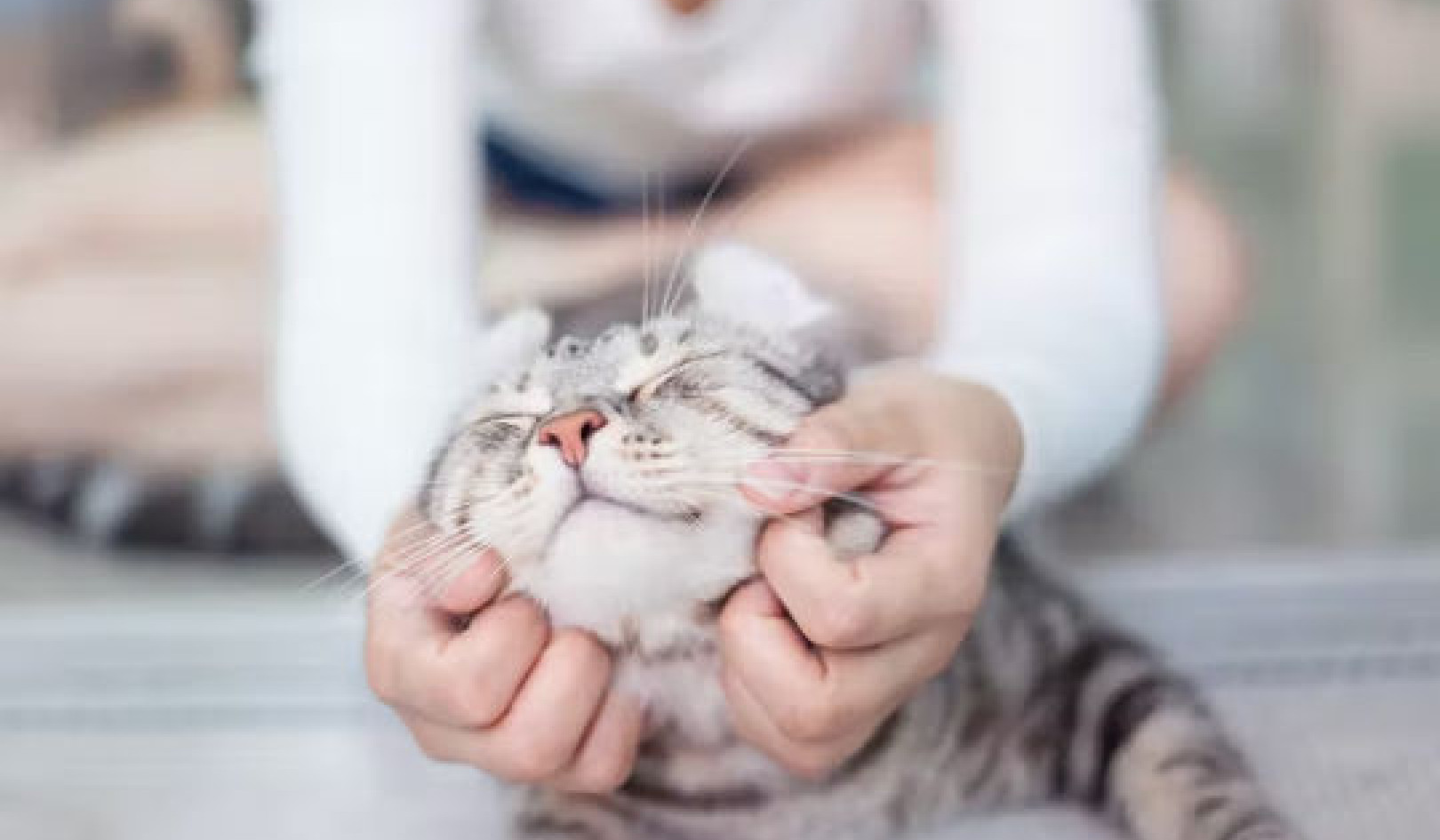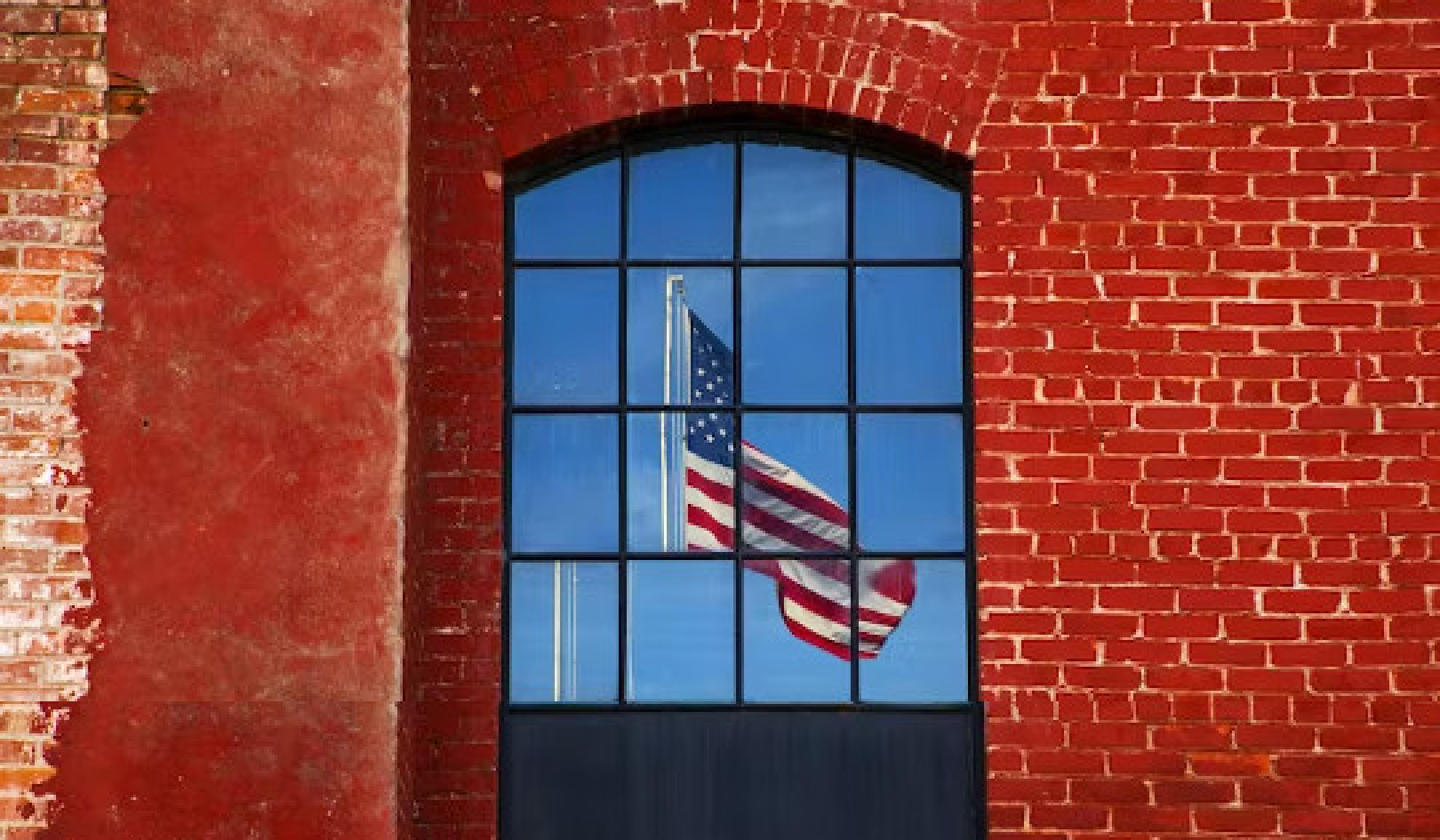Discover Essential Oils
by Nicola Naylor
The history of healing with essential oils has often been confused with the history of perfumery or of herbalism. Perfumery is the non-medicinal use of aromatic substances while herbalism is the medicinal use of the whole plant.
Herbalism and perfumery have their roots buried deep in the rituals and customs of ancient civilizations, while aromatherapy, which uses distilled or expressed essential oils therapeutically, is a comparatively recent development. Indeed, essential oils only became available in quantity following advances in distillation methods. The term aromatherapy was coined in the early twentieth century. Over the last few years the word aromatology has emerged to further emphasize the medicinal and clinical use of the pure aromatic part of the plant: the essential oil. Otherwise the two terms can, to a large extent, be used interchangeably.
Ancient Times
It is often difficult to know whether references in ancient scriptures to the use of aromatic plants like sandalwood, ginger, myrrh and calamus indicate the essential oil or the plant in its entirety. Even when we find mention of aromatic substances, these would often have been extracted by the use of fats and waxes ? as illustrated in the Egyptian paintings of jars filled with aromatic unguents ? and would therefore not have been pure.
Herbalism was certainly widespread in Indian, Egyptian, Greek, and Roman societies. We can read their works of reference such as De materia medica by the first-century Roman physician Dioscorides and The Book of Healing by the tenth-century Persian Avicenna. These texts record the healing properties of plants, not necessarily those of individual essential oils.
Before Avicenna ? to whom we also owe the most significant advance in steam distillation ? rudimentary forms of distillation did exist, but it was mainly used in order to extract exotic flower waters. The essential oil produced was an almost negligible by-product, as flowers like rose and neroli contain only minute amounts of oil.
Middle Ages to the Eighteenth Century
Throughout the Middle Ages and on into the seventeenth and eighteenth centuries, the healing power of herbs was recognized and herbalism was practiced. Across Europe, aromatic plants were cultivated in the gardens of monasteries and stately homes; in the fourteenth century, knowledge of the curative properties of herbs was prevalent among the rural population during the bubonic plague, or Black Death, when herbs were noted for their antiseptic effect. By 1535, Grasse, in southern France, was established as a center for making perfumes using chemical compounds and essential oils. Perfumes were not just valued as a way of masking unpleasant smells but also for their protective powers against disease.
However, the first recorded recognition of the healing potential of distilled essential oils, as opposed to herbs and plants in general, was made by the Swiss physician and alchemist Paracelsus (1493?1541). In his work The Great Surgery Book he noted that the task of alchemy was not to make gold from base metals but to develop medicines from plants. He saw distillation as the way to produce the quinta essentia, the ?healing essence? of a plant.
After this we find mention of essential oils in the official pharmacopoeias of the time. Rosemary, cedarwood, juniper, sage and lavender oils were known to seventeenth-century pharmacists and used mostly for their antiseptic qualities.
Paracelsus was also important for the link he established between essential oils and chemistry. Today a basic understanding of the natural chemical properties of essential oils and their actions is the key to successful healing work.
The Twentieth Century
By the twentieth century chemical science was becoming very popular. In the world of medicine, individual plant properties were isolated, or even synthesized, and used as drugs. In aromatherapy we do not separate the individual chemical components of an essential oil, nor do we use a reconstituted oil. Increasingly, we try to research the therapeutic value of the hundred or more chemicals contained in each oil so that we can understand what effect the whole oil may have when used in treatment.
A few scientists, mainly in Europe, began this process earlier this century. The best known was RenT-Maurice GattefossT, who coined the word aromatherapy. He is also the man renowned for badly burning his arm in his laboratory and for the discovery he made as a result. He is said to have plunged his burned arm in a vat of lavender because it was the only cold liquid he could quickly find. The pain lessened so significantly and the wound healed so quickly with little scarring that he was inspired to find out more about the healing properties of essential oils. Indeed, he and others used essential oils on soldiers wounded in the trenches during World War I.
Since then, aromatherapy has been widely used for medicinal purposes in France, some of the most informative books having been written by French practitioners. Among these are Dr. Jean Valnet?s The Practice of Aromatherapy; and AromathTrapie exactement by Pierre Franchomme, an aromatologist. Dr. PTnodl, a medical doctor, has prescribed essential oils as part of the complementary medicine he practices. I have attended some of Dr. PTnodl?s lectures in which he showed slides demonstrating some startling results, even in cases of advanced cancer.
Aromatherapy
Aromatherapy was established in Britain in the 1950s through the beauty industry by Australian Marguerite Maury (Marguerite Maury's Guide to Aromatherapy). She was interested in the ability of essential oils to penetrate the skin and preserve youth. Her cosmetic use of essential oils was soon extended into the beauty salons where beauticians were trained to give an aromatherapeutic massage for relaxation and skin care. This type of aromatherapy is now commonly practiced in countries such as Australia, the U.S., Canada and throughout Scandinavia. I prefer to call it an aromatic massage to avoid any claim to therapy suggested in the word aromatherapy.
Beauticians are not qualified to ?treat? any medical condition and they tend to use ready-blended oils. Short courses in aromatherapy rarely equip anyone to mix oils for medicinal use.
Aromatology
Since the late 1980s a few training schools have begun to teach the basic medical, chemical, physical and botanical science necessary for therapists to work therapeutically with essential oils. Such therapists or aromatologists, as well as specially trained nurses and midwives, are now working with essential oils in hospitals, hospices and private practices all over the world.
An aromatologist will use only pure, distilled or expressed essential oils that are based on a scientific understanding, acquired through training, of their properties and effects.
It is important to remember that, before distillation, aromas were extracted mainly by solvents. These are not essential oils but, together with the whole plant, they form the origins of herbalism and perfumery out of which grew aromatherapy. Their history has been summarized here to put the much shorter history of healing with essential oils into historical context, and also because some of the traditional uses of herbs point the way to many of the benefits that have been validated in the therapeutic use of essential oils today.
 This
article was excerpted from Discover Essential Oils, ?1998, by Nicola
Naylor. Reprinted with permission of the publisher, Ulysses
Press. Available at bookstores or directly from Ulysses Press by
calling 800-377-2542,
or writing to Ulysses Press, PO Box 3440, Berleley, CA 94703, email
This
article was excerpted from Discover Essential Oils, ?1998, by Nicola
Naylor. Reprinted with permission of the publisher, Ulysses
Press. Available at bookstores or directly from Ulysses Press by
calling 800-377-2542,
or writing to Ulysses Press, PO Box 3440, Berleley, CA 94703, email
For info or to order the book
through Amazon.com/
About the Author
Nicola Naylor is a clinical aromatherapist with private practices in the United Kingdom.




























